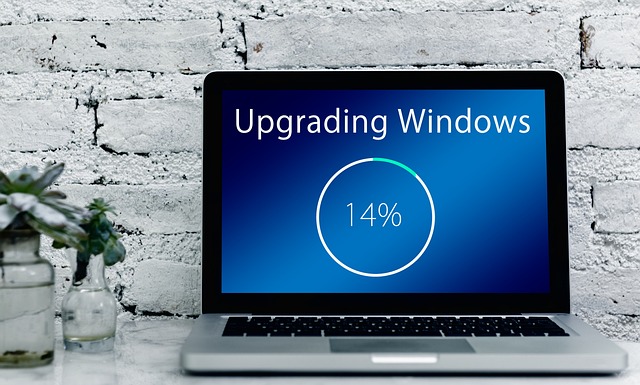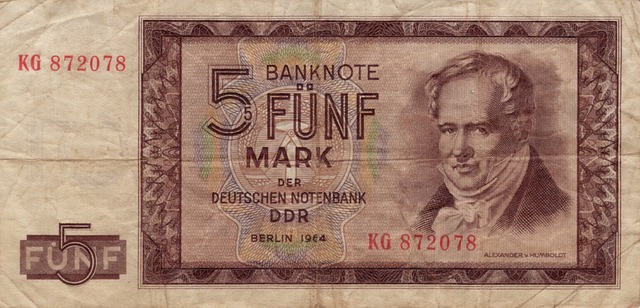A Merchant Cash Advance (MCA) provides businesses with quick, flexible funding based on future credit card sales, offering immediate capital. Unlike traditional loans, MCAs have variable terms and fees, making them suitable for short-term relief but potentially challenging during revenue fluctuations or unexpected costs. Eligibility requires strong cash flow, demonstrated through sales data, and minimal operational history (6 months). While useful across various sectors, MCAs are best viewed as temporary bridges, with businesses considering alternative funding options for long-term growth when ready. Best practices involve negotiating terms, maintaining strong sales volumes, ensuring transparent pricing, and regularly assessing financial health for informed repayment decisions.
In today’s dynamic business landscape, access to swift funding can be a game-changer. A popular short-term solution gaining traction among entrepreneurs is the Merchant Cash Advance (MCA). This innovative financing option provides businesses with immediate capital by using future sales as collateral. Unlike traditional loans, MCAs offer flexibility and simplicity, making them an attractive choice for many.
Explore this comprehensive guide to uncover the intricacies of MCAs, from understanding its definition and process to weighing benefits, eligibility criteria, real-world applications, and best practices in maximizing this powerful funding source.
- Understanding Merchant Cash Advance: A Definition
- How It Works: The Process Behind MCA
- Benefits and Drawbacks: Weighing the Pros and Cons
- Eligibility Criteria: Who Qualifies for an MCA?
- Real-World Applications: Industries Using MCA
- Best Practices: Maximizing Your Merchant Cash Advance
Understanding Merchant Cash Advance: A Definition

A merchant cash advance (MCA) is a popular short-term funding solution for businesses, particularly those in need of quick access to capital. Unlike traditional loans from banks or credit unions, an MCA is not structured as a fixed-term debt with interest payments. Instead, it involves a lender providing a lump sum to the business owner, who then repays the advance using a percentage of their daily sales. This alternative financing method has gained traction due to its simplicity and speed, offering businesses a quick infusion of cash to cover immediate expenses or seize opportunities.
MCAs are often described as a form of “selling future sales” since the repayment amount is determined by a fixed percentage of the merchant’s future revenue. Lenders assess the business’s financial health, sales volume, and industry trends to offer an advance that aligns with the company’s revenue stream. This flexible repayment structure makes MCAs attractive for businesses facing cash flow issues or those in seasonal industries where revenue fluctuates significantly throughout the year.
How It Works: The Process Behind MCA

A Merchant Cash Advance (MCA) is a short-term funding option tailored for businesses, especially those with strong credit card sales. Here’s how it works: first, a lender assesses a business’s current and projected sales using its transaction history. This data determines the advance amount offered, which is then converted into a repayment schedule linked to future credit card receivables. Unlike traditional loans, MCAs don’t involve fixed monthly payments; instead, a percentage of each sale is deducted automatically until the advance is repaid.
The process streamlines funding, often providing businesses with access to capital within days. Lenders conduct minimal underwriting, focusing primarily on sales volume and stability. This makes MCAs an attractive option for businesses that may not qualify for conventional loans or need rapid access to cash. Once the advance is repaid, usually through a small percentage of daily sales, businesses return to their normal financial operations without long-term debt obligations.
Benefits and Drawbacks: Weighing the Pros and Cons

Merchant cash advances (MCAs) offer a unique short-term funding solution for businesses, presenting both advantages and disadvantages. One key benefit is their simplicity; MCAs are typically easier to secure than traditional loans as they don’t require collateral or a complex application process. This makes them an attractive option for new or small businesses with limited financial history. The funds can be accessed quickly, providing a rapid cash injection when needed most.
However, there are potential drawbacks to consider. MCAs often come with higher interest rates and fees compared to traditional financing methods. Repayment terms are usually shorter, demanding consistent sales volume to cover the advance. If a business experiences fluctuations in revenue or faces unexpected costs, it might struggle to make timely payments. Additionally, MCAs may not be suitable for long-term growth planning as they provide short-term relief rather than sustained capital for expansion.
Eligibility Criteria: Who Qualifies for an MCA?

Merchant cash advances (MCAs) are designed to provide quick and easy access to capital for small businesses in need of immediate funding. However, not everyone qualifies for this short-term financing option. The primary eligibility criteria include having a strong and stable cash flow, as MCAs are repaid through a percentage of future sales. This ensures lenders that the business has the ability to pay back the advance. Additionally, businesses must have been in operation for a certain period, typically 6 months or more, to establish a proven track record.
Lenders will also assess the credit history and overall financial health of the business owner. While MCAs are not strictly based on credit scores like traditional loans, having good credit can increase your chances of approval and potentially secure better terms. Lenders may also consider factors such as industry, location, and the business’s customer base to evaluate its potential for success and repayment.
Real-World Applications: Industries Using MCA

In the dynamic landscape of modern business, the merchant cash advance (MCA) has emerged as a versatile short-term funding option, catering to diverse industries with unique financial needs. From retail stores to restaurants and service-based businesses, MCAs offer a quick and accessible solution for working capital requirements. For instance, a small grocery store owner might use an MCA to cover unexpected expenses like a sudden increase in food costs or to invest in new equipment, ensuring they can keep their shelves stocked and customers satisfied.
In the hospitality sector, restaurants and bars often leverage MCAs to manage seasonal fluctuations in revenue. During quieter periods, an advance provides the necessary capital to pay employees, maintain inventory, and cover overhead expenses. Similarly, contractors and service providers use MCAs to fund projects, purchase materials, or even to meet payroll while waiting for client payments. This flexible funding option enables businesses to navigate cash flow challenges, seize opportunities, and maintain steady operations.
Best Practices: Maximizing Your Merchant Cash Advance

To maximize your Merchant Cash Advance (MCA), businesses should first understand the nature of this short-term funding option. MCAs are based on future credit card sales, providing immediate access to capital. However, unlike traditional loans with fixed repayment schedules, MCAs have varying terms and fees, making it crucial to plan carefully. Forecasting your sales patterns and understanding the advance’s impact on cash flow is essential.
Best practices include negotiating favorable terms, ensuring transparent pricing, and maintaining strong credit card sales volumes. Regularly review your business’ financial health to make informed decisions about repayments. Additionally, consider MCAs as a temporary bridge rather than long-term debt, and explore alternative funding sources when your business is ready for more sustainable financing options.














